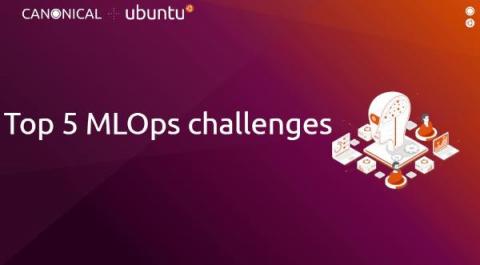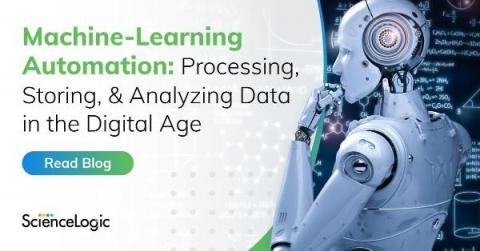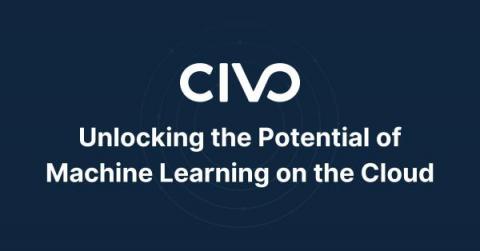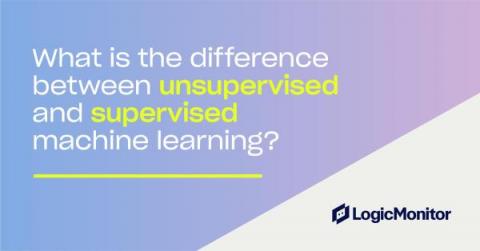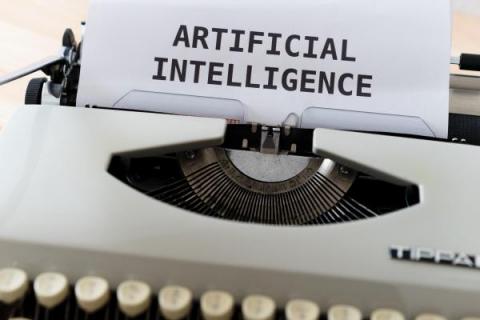Four Challenges for ML data pipeline
Data pipelines are the backbone of Machine Learning projects. They are responsible for collecting, storing, and processing the data that is used to train and deploy machine learning models. Without a data pipeline, it would be very difficult to manage the large amounts of data that are required for machine learning projects.






